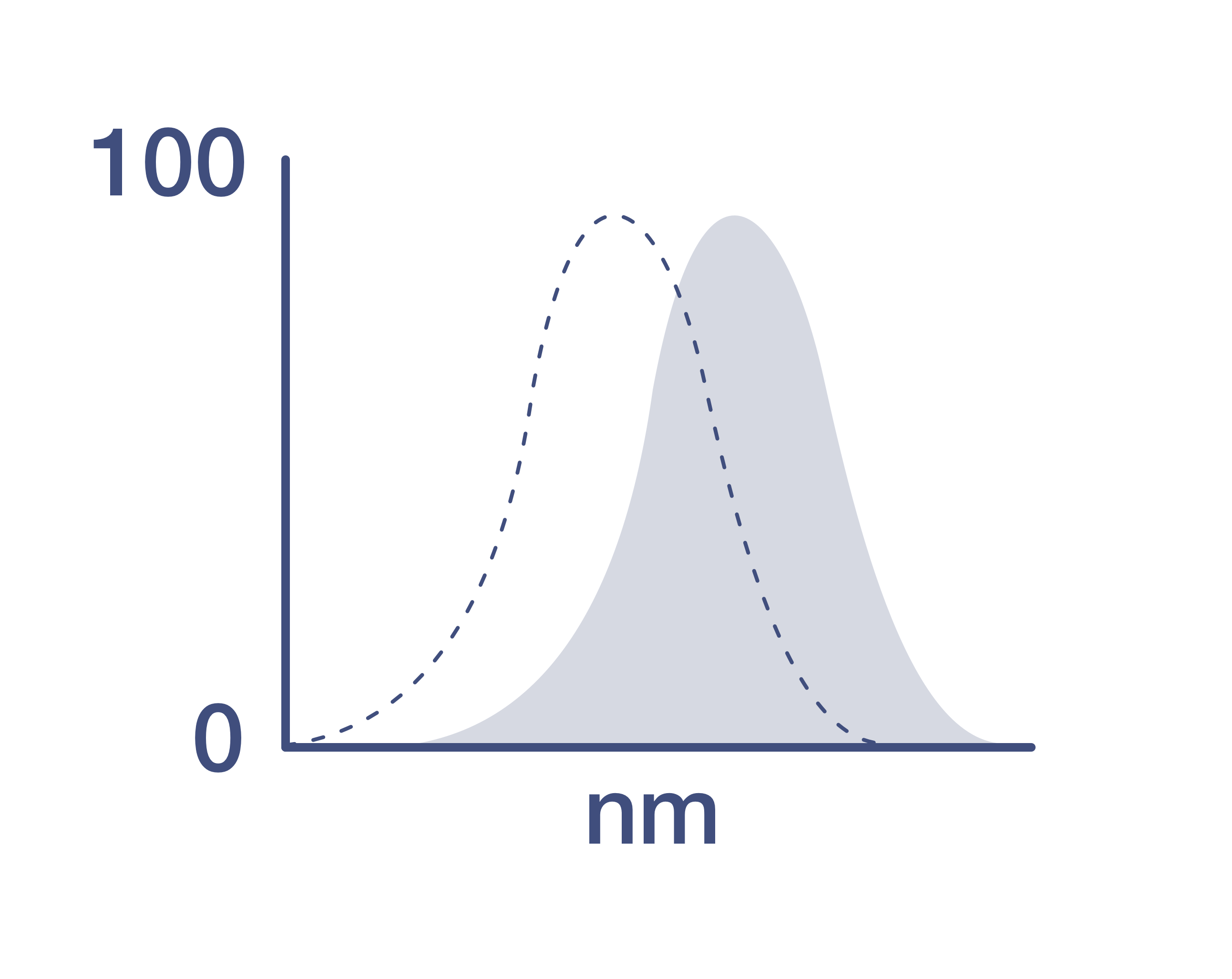Search Thermo Fisher Scientific
Invitrogen
CD49e (Integrin alpha 5) Monoclonal Antibody (eBioHMa5-1 (HMa5-1)), FITC, eBioscience™
{{$productOrderCtrl.translations['antibody.pdp.commerceCard.promotion.promotions']}}
{{$productOrderCtrl.translations['antibody.pdp.commerceCard.promotion.viewpromo']}}
{{$productOrderCtrl.translations['antibody.pdp.commerceCard.promotion.promocode']}}: {{promo.promoCode}} {{promo.promoTitle}} {{promo.promoDescription}}. {{$productOrderCtrl.translations['antibody.pdp.commerceCard.promotion.learnmore']}}
FIGURE: 1 / 1
CD49e (Integrin alpha 5) Antibody (11-0493-81) in Flow
-Flow-20170216130641.jpg?time=20250104)
Product Details
11-0493-81
Species Reactivity
Published species
Host/Isotype
Recommended Isotype Control
Class
Type
Clone
Conjugate
Excitation/Emission Max
Form
Concentration
Purification
Storage buffer
Contains
Storage conditions
Shipping conditions
RRID
Product Specific Information
Description: The eBioHMalpha5-1 monoclonal antibody reacts with mouse and rat CD49e, also known as integrin alpha5 or VLA-5A. CD49e is a member of the integrin alpha chain family, and binds with CD29 (integrin beta1) to form the receptor VLA-5, which binds the ligands fibronectin and fibrinogen. CD49e is a type I, single-pass membrane protein, with a molecular weight of 135 kDa, and is expressed on multiple cell types including thymocytes, mast cells, activated T cells and splenic B cells. In addition to its role in adhesion, VLA-5 contributes to T-cell co-stimulation. The eBioHMalpha5-1 monoclonal antibody has been demonstrated to interfere with VLA-5-mediated cell adhesion, and with the degranulation of IgE-sensitized rat RBL cells stimulated on fibronectin-coated plates. Furthermore, HMalpha5-1 injected into mice subcutaneously, along with anti-CD49d and anti-CD61, is able to inhibit passive cutaneous anaphylaxis.
Applications Reported: This eBioHMa5-1 (HMa5-1) antibody has been reported for use in flow cytometric analysis.
Applications Tested: This eBioHMa5-1 (HMa5-1) antibody has been tested by flow cytometric analysis of mouse bone marrow cells. This can be used at less than or equal to 1 µg per test. A test is defined as the amount (µg) of antibody that will stain a cell sample in a final volume of 100 µL. Cell number should be determined empirically but can range from 10^5 to 10^8 cells/test. It is recommended that the antibody be carefully titrated for optimal performance in the assay of interest.
Excitation: 488 nm; Emission: 520 nm; Laser: Blue Laser.
Filtration: 0.2 µm post-manufacturing filtered.
Target Information
The product of this gene belongs to the integrin alpha chain family. Integrins are heterodimeric integral membrane proteins composed of an alpha chain and a beta chain. This gene encodes the integrin alpha 5 chain. Alpha chain 5 undergoes post-translational cleavage in the extracellular domain to yield disulfide-linked light and heavy chains that join with beta 1 to form a fibronectin receptor. In addition to adhesion, integrins are known to participate in cell-surface mediated signalling.
For Research Use Only. Not for use in diagnostic procedures. Not for resale without express authorization.
How to use the Panel Builder
Watch the video to learn how to use the Invitrogen Flow Cytometry Panel Builder to build your next flow cytometry panel in 5 easy steps.
Bioinformatics
Protein Aliases: CD49 antigen-like family member E; CD49e; fibronectin receptor alpha polypeptide; Fibronectin receptor subunit alpha; integrin alpha 5 (fibronectin receptor alpha); Integrin alpha-5; Integrin alpha-F; VLA-5
Gene Aliases: Cd49e; Fnra; Itga5; Itga5_retired; VLA5
UniProt ID: (Mouse) P11688
Entrez Gene ID: (Mouse) 16402, (Rat) 315346

Performance Guarantee
If an Invitrogen™ antibody doesn't perform as described on our website or datasheet,we'll replace the product at no cost to you, or provide you with a credit for a future purchase.*
Learn more
We're here to help
Get expert recommendations for common problems or connect directly with an on staff expert for technical assistance related to applications, equipment and general product use.
Contact tech support
-Flow-20170216130641.jpg?time=20250104)
